For decades, Anacostia — a historic neighborhood in Southeast Washington, D.C. — has been unfairly reduced in the public imagination to a synonym for crime, poverty, and danger. Too often, reporters, commentators, and even everyday social media users treat “Anacostia” as shorthand for everything east of the river, erasing both its specific identity and its cultural richness.
This lazy narrative is not only inaccurate, it is harmful. It perpetuates racist stereotypes that equate Black communities with crime, driving stigma, disinvestment, and fear. The truth is far different: Anacostia is a community full of history, art, culture, and resilience.
The Vibrant Reality of Anacostia
Contrary to the one-dimensional images circulated in news broadcasts and viral posts, Anacostia is home to numerous cultural landmarks. Among them are the Anacostia Arts Center, Honfleur Gallery, the Go-Go Museum & Café, the Frederick Douglass National Historic Site, and the Smithsonian Anacostia Community Museum. Beyond these institutions, the neighborhood is supported by countless Black-owned businesses, restaurants, and creative spaces.
Street festivals, gallery exhibitions, and community events happen regularly. Yet outsiders, many of whom have never even set foot in Anacostia, cling to images of flashing police lights as proof that the neighborhood is nothing more than a “wild west” of lawlessness.
The refusal to acknowledge Anacostia’s vibrancy isn’t just ignorance — it veers dangerously close to racism.
A Community Pushes Back
Over the years, residents, community groups, and advocates — including Congress Heights on the Rise and the Anacostia Business Improvement District — have worked tirelessly to demand more responsible coverage of their neighborhoods. Local reporters, artists, and activists have joined them, insisting that media outlets balance crime stories with honest portrayals of daily life.
These efforts have made a difference. Today, coverage of Anacostia occasionally highlights its diversity, cultural assets, and history. Still, progress is slow, and every time crime alone dominates the headlines, it erases years of community-building work.
Crime Exists — But Not as a Defining Feature
Is there crime in Anacostia? Yes — as there is in every neighborhood across Washington, D.C., and across the nation. But focusing solely on arrests and shootings without context strips away the reality of how crime is produced.
Generations of policy decisions concentrated poverty and social services east of the river, often clustering them directly in Anacostia’s commercial corridors. These structural inequalities — compounded by underinvestment and political neglect — have shaped conditions in ways rarely acknowledged in mainstream reporting.
A Double Standard in Narratives
The stigma surrounding Anacostia is especially stark when compared to other parts of the city. I’ve lived both east and west of the river. When I lived in NoMa, my car was stolen twice — both times from parking garages. I witnessed fights and assaults. Yet those incidents were never weaponized into sweeping narratives about “lawlessness west of the river.”
Meanwhile, far fewer incidents east of the river are framed as evidence that entire neighborhoods are unsafe. This double standard reveals that the issue is not the crime itself, but the racist lenses through which certain neighborhoods are viewed.
Political Exploitation of “Law and Order”
This narrative problem isn’t confined to local reporting — it’s also deeply political. Former President Donald Trump has repeatedly invoked crime in Washington as justification for authoritarian measures. His administration has already ordered federal control of the D.C. police and deployed National Guard troops into the city’s neighborhoods, under the pretense of “restoring order.”
Trump paints a picture of rising violence while disregarding actual crime data showing decreases in recent years. Worse, he frames Black neighborhoods like Anacostia as proof that drastic crackdowns are needed. This weaponization of fear is not about safety — it’s about power.
When Trump fired tens of thousands of federal workers, he marched them out like criminals, without care for how they would feed their families, pay rent, or access healthcare. The cruelty of that act mirrors the hypocrisy of claiming concern for “public safety” while undermining basic human dignity.
The Danger of Normalizing Occupation
Trump’s decision to flood Washington with federal forces is more than political theater — it’s dangerous precedent. It normalizes the idea that anyone can be stopped, searched, or detained without accountability. In a city already scarred by over-policing, this kind of occupation raises the risk that innocent residents will be targeted. Worse, it creates openings for abuse, where bad actors could impersonate law enforcement to commit violence.
The spectacle may be framed as a crackdown on “crime,” but it is really a test run for deeper authoritarianism.
Reframing the Narrative
It is time to challenge and reject the false framing:
-
Anacostia ≠ dangerous.
-
Black neighborhoods ≠ crime-ridden.
-
Safety ≠ militarization.
The real danger lies in reducing vibrant communities to caricatures, using fear as a political weapon, and denying people dignity under the guise of “law and order.”
Anacostia deserves the same respect and nuance as any other neighborhood. Its history, cultural assets, and community resilience must be at the center of the story — not erased by racist stereotypes.
Moving Forward
Reframing Anacostia means telling the whole truth: yes, crime exists, but so does beauty, creativity, leadership, and strength. It means demanding that journalists move beyond flashing sirens and mugshots to examine the systemic forces that shape crime across the city. It means holding leaders accountable when they exploit fear for political gain.
Above all, it means refusing to let racist narratives define Black communities. The people of Anacostia are not statistics or headlines. They are artists, business owners, parents, children, and neighbors building a future — despite decades of stigma and disinvestment.
The fight for accurate storytelling is not just about reputation. It is about justice.

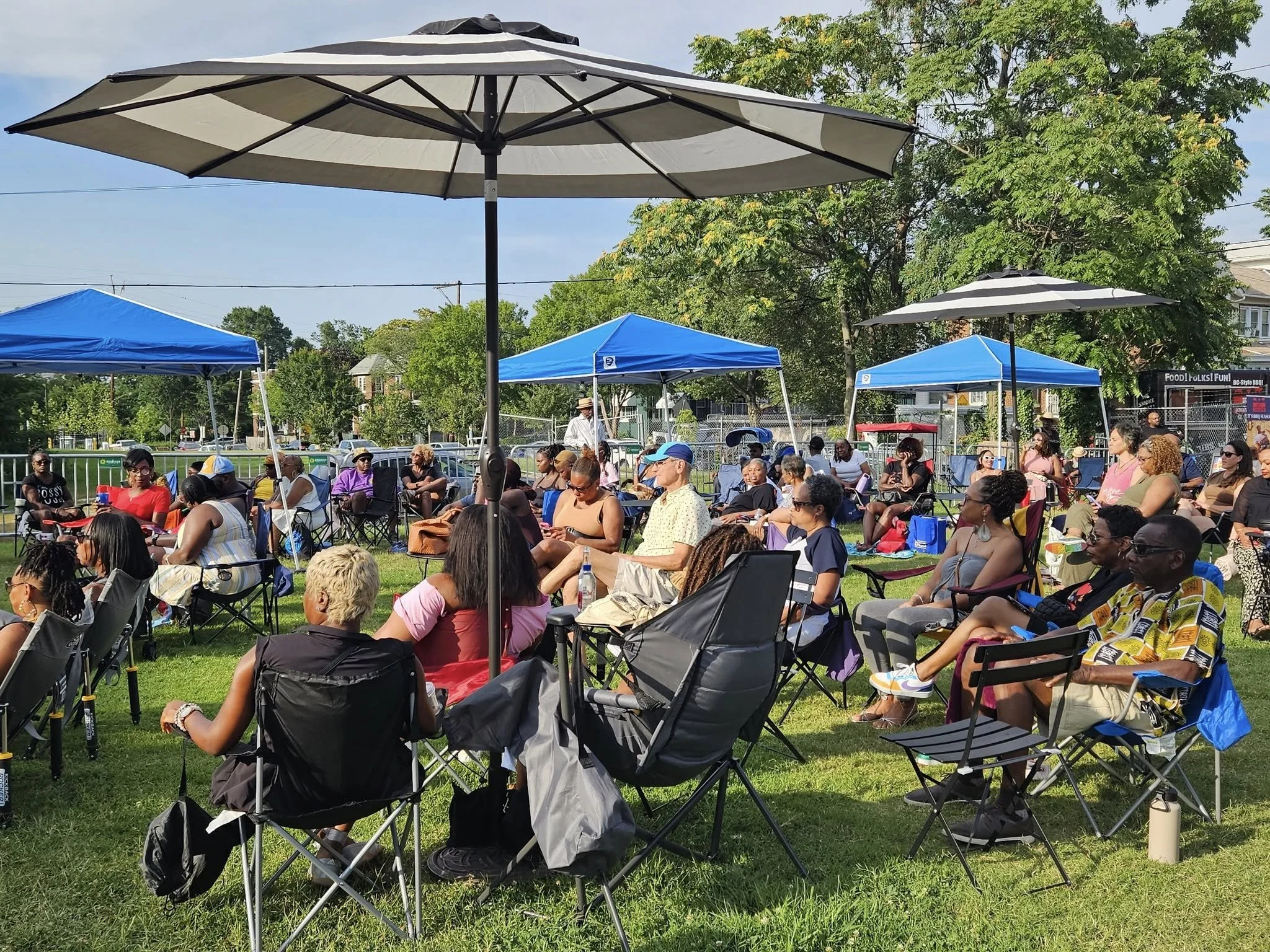
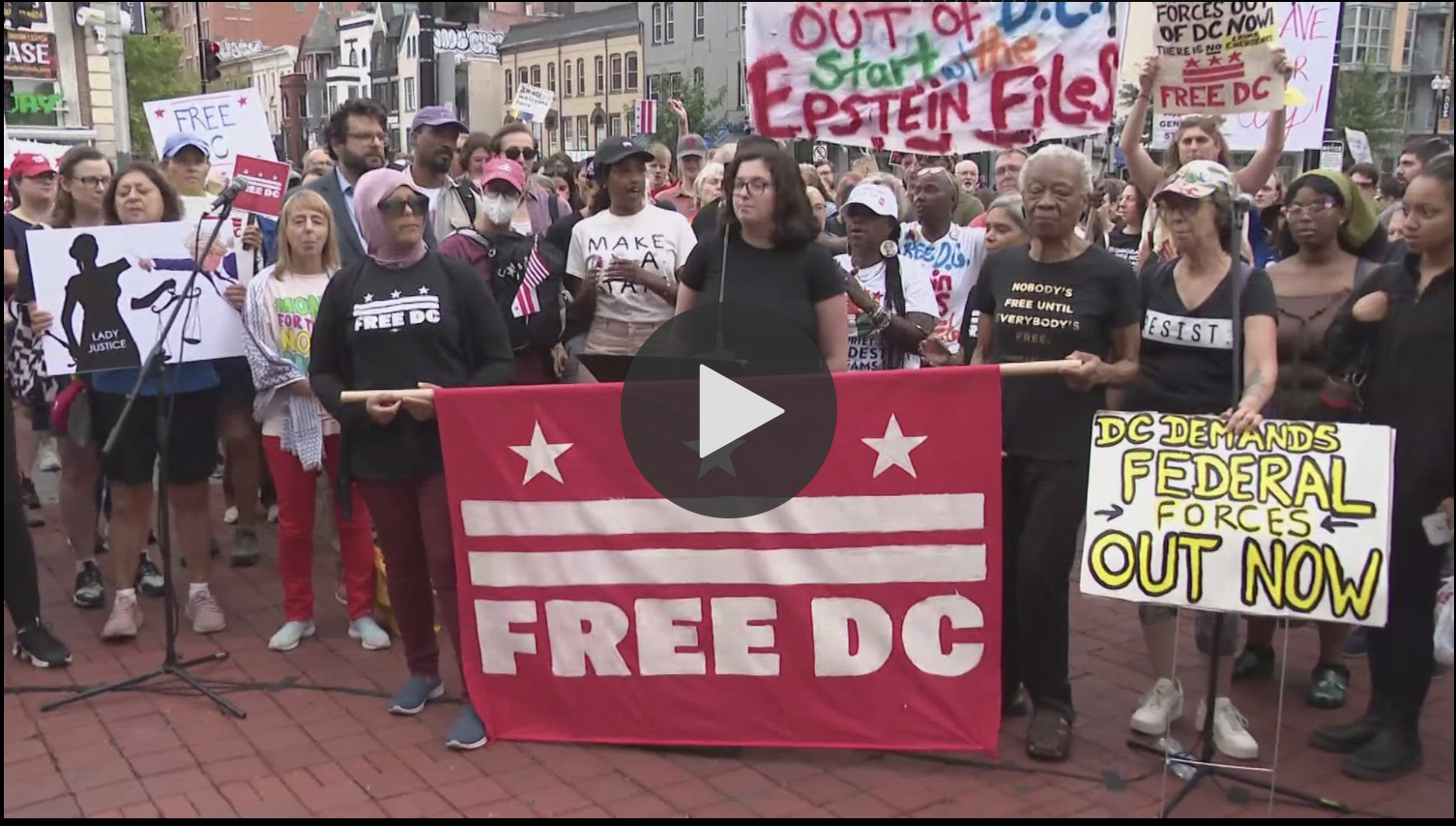
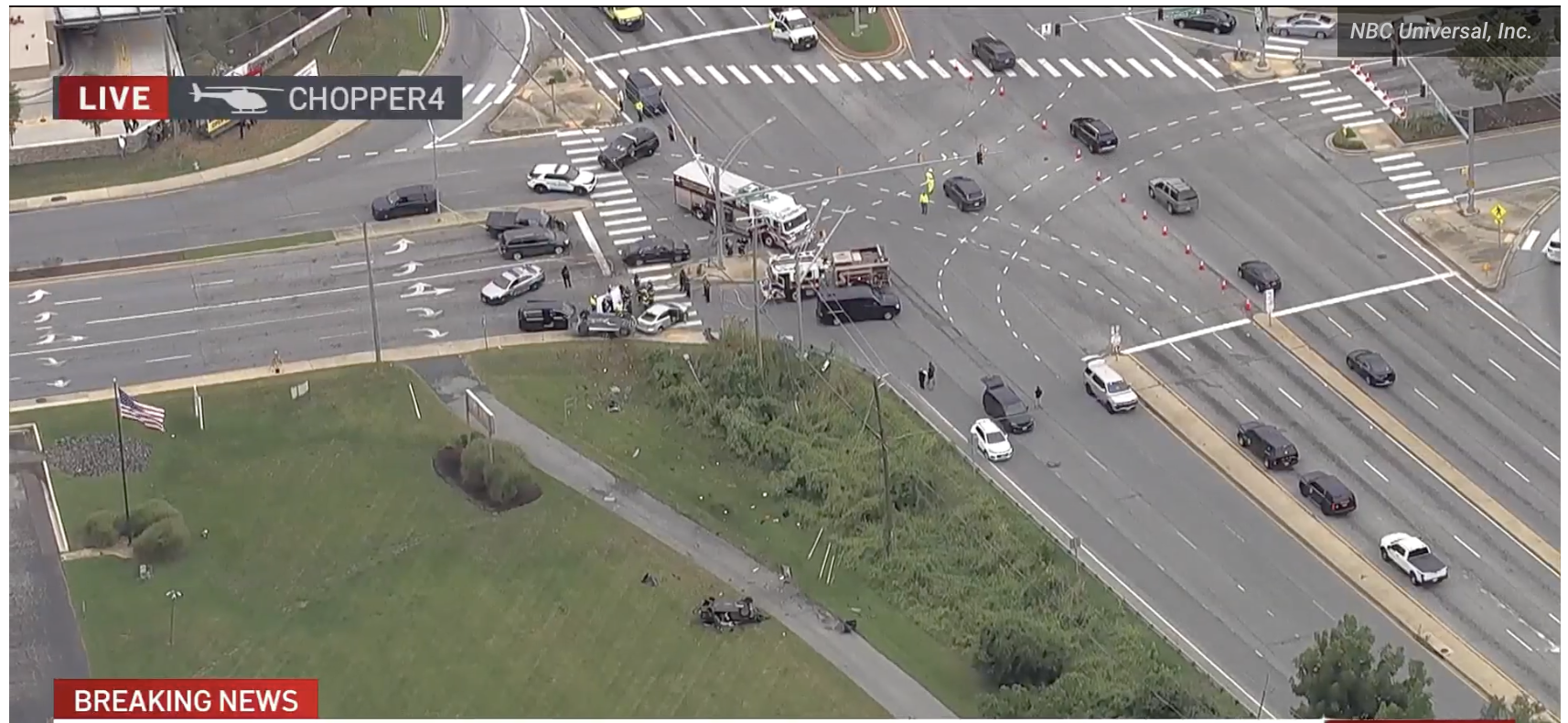
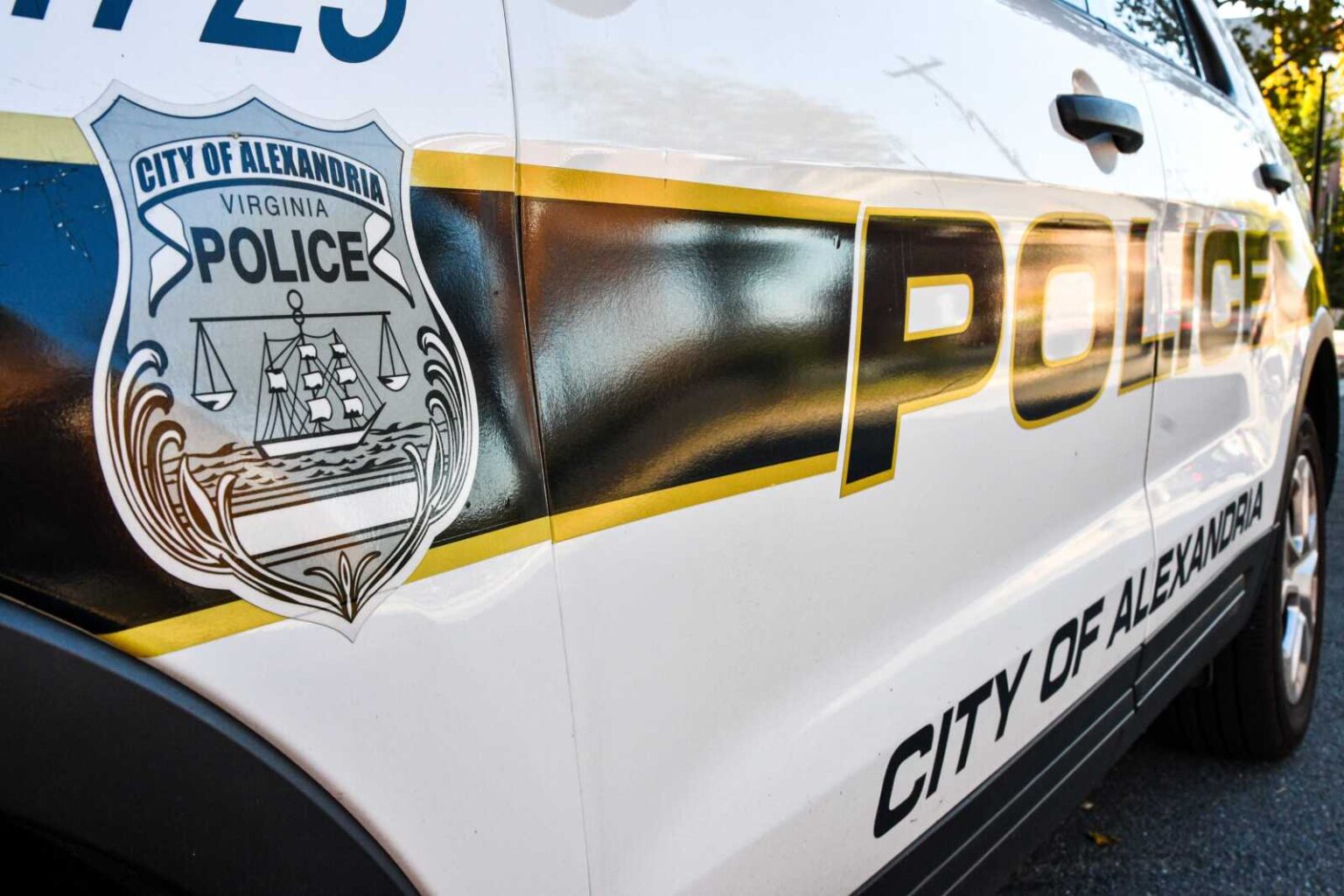
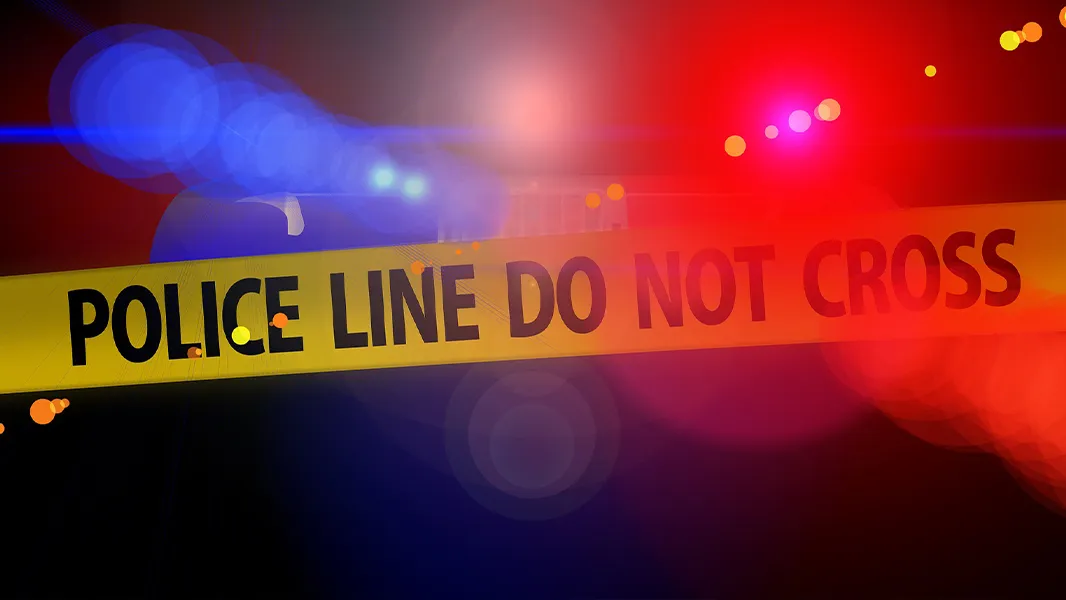
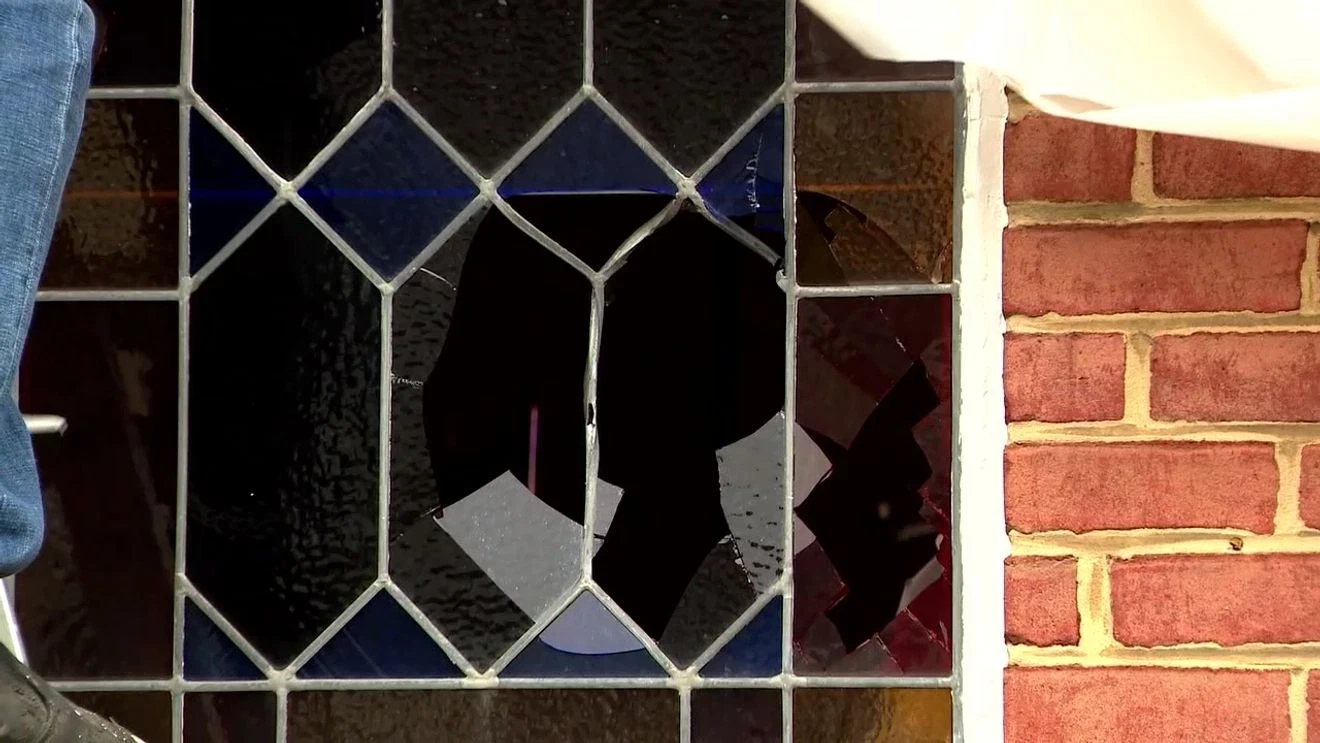
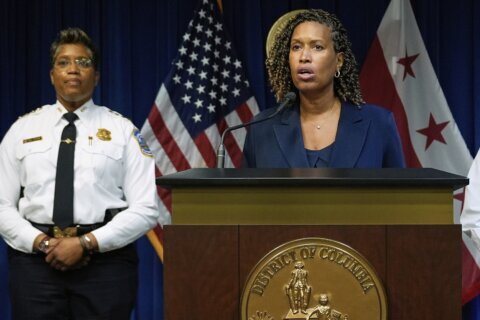
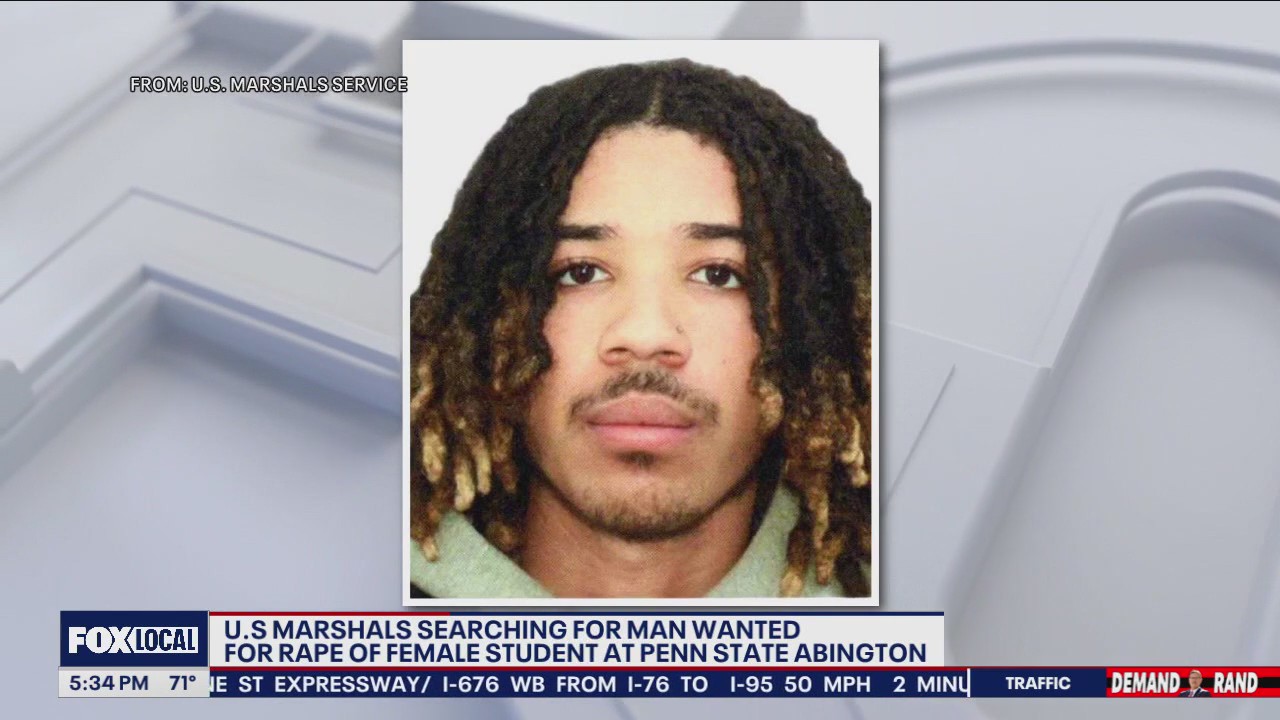
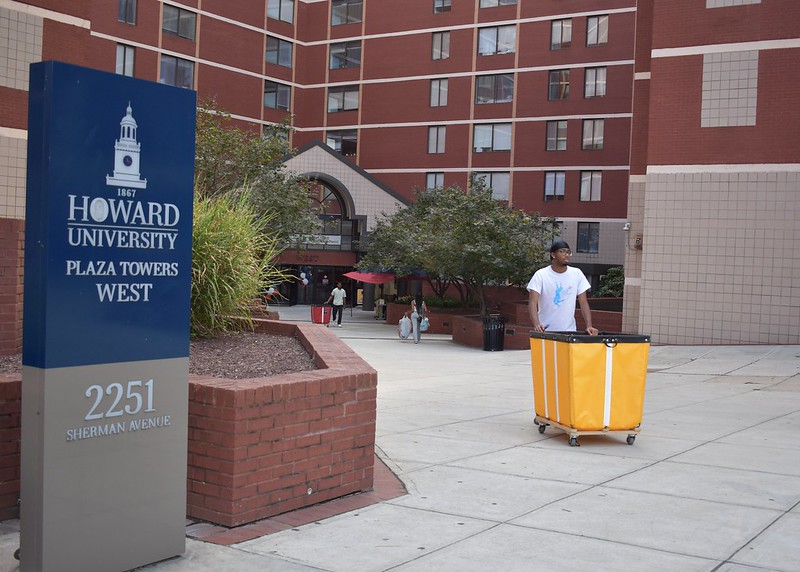
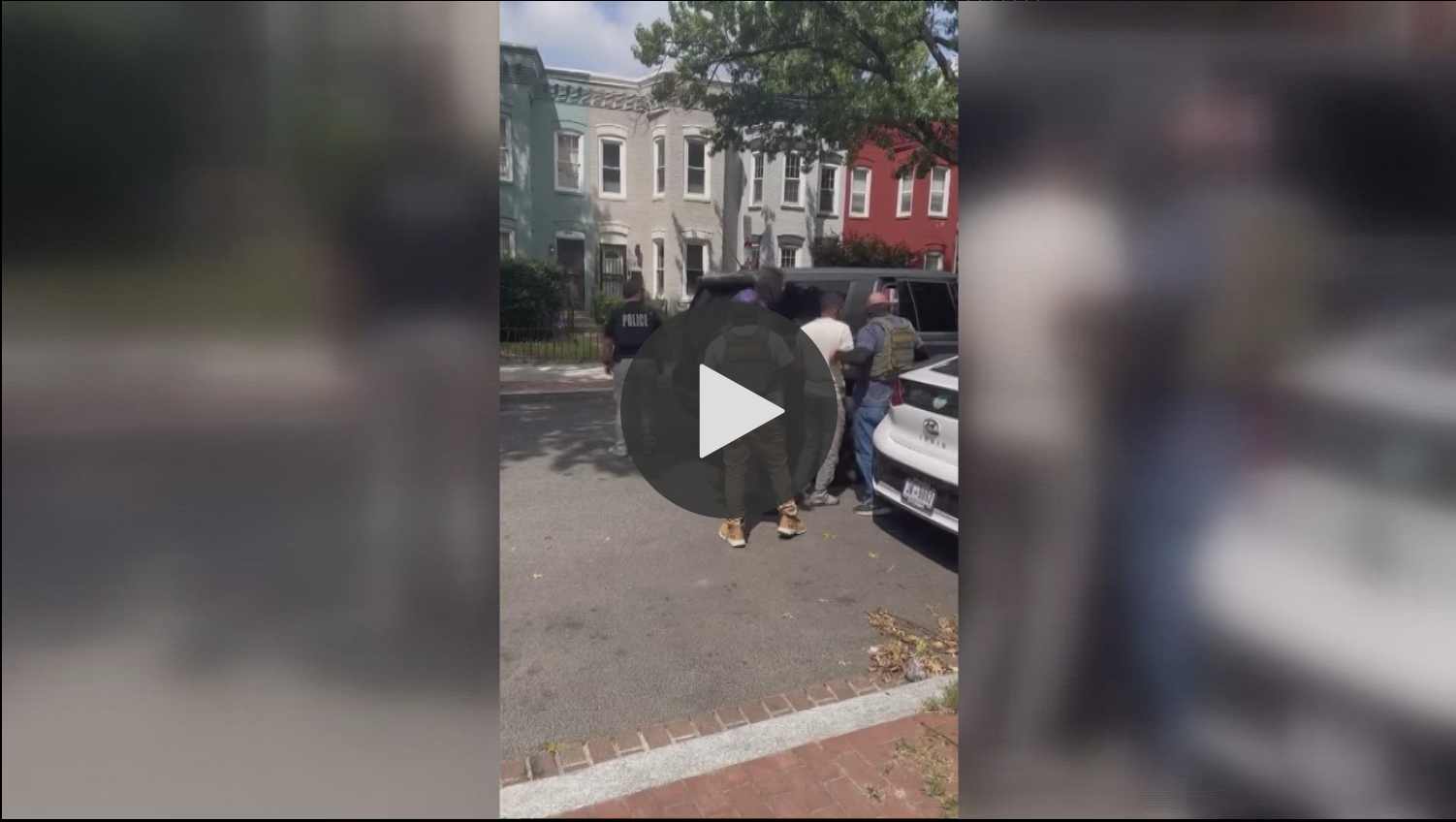
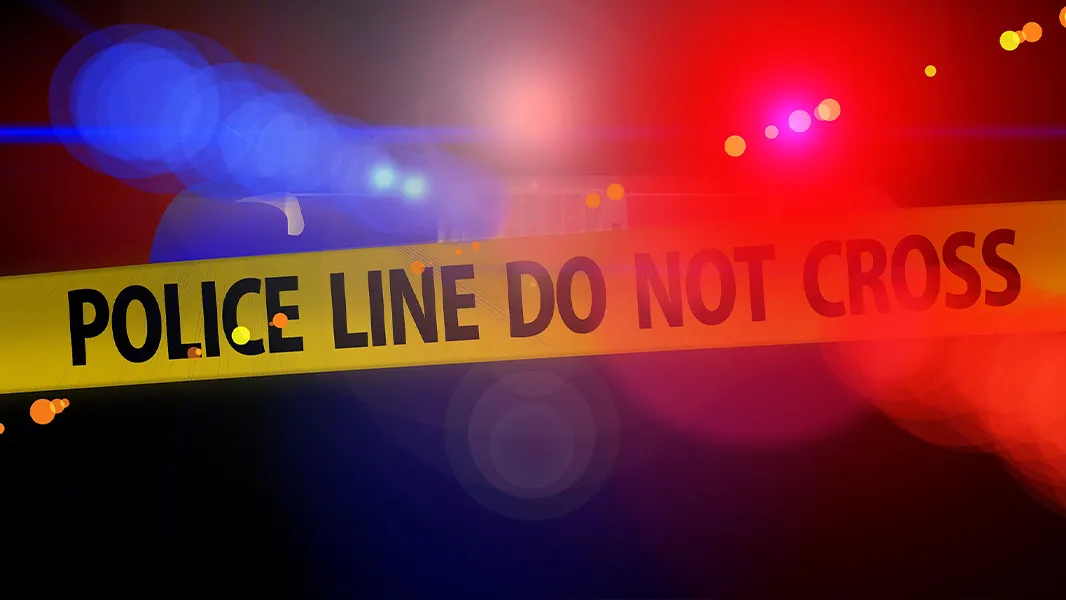
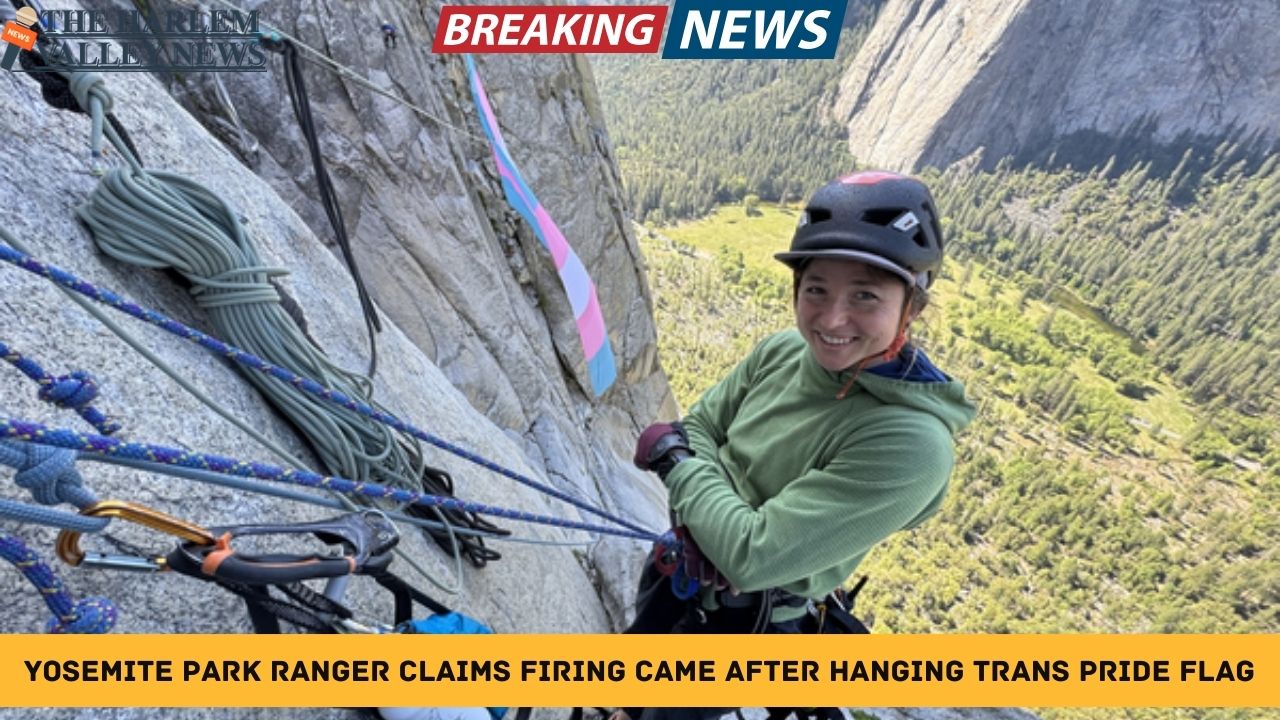
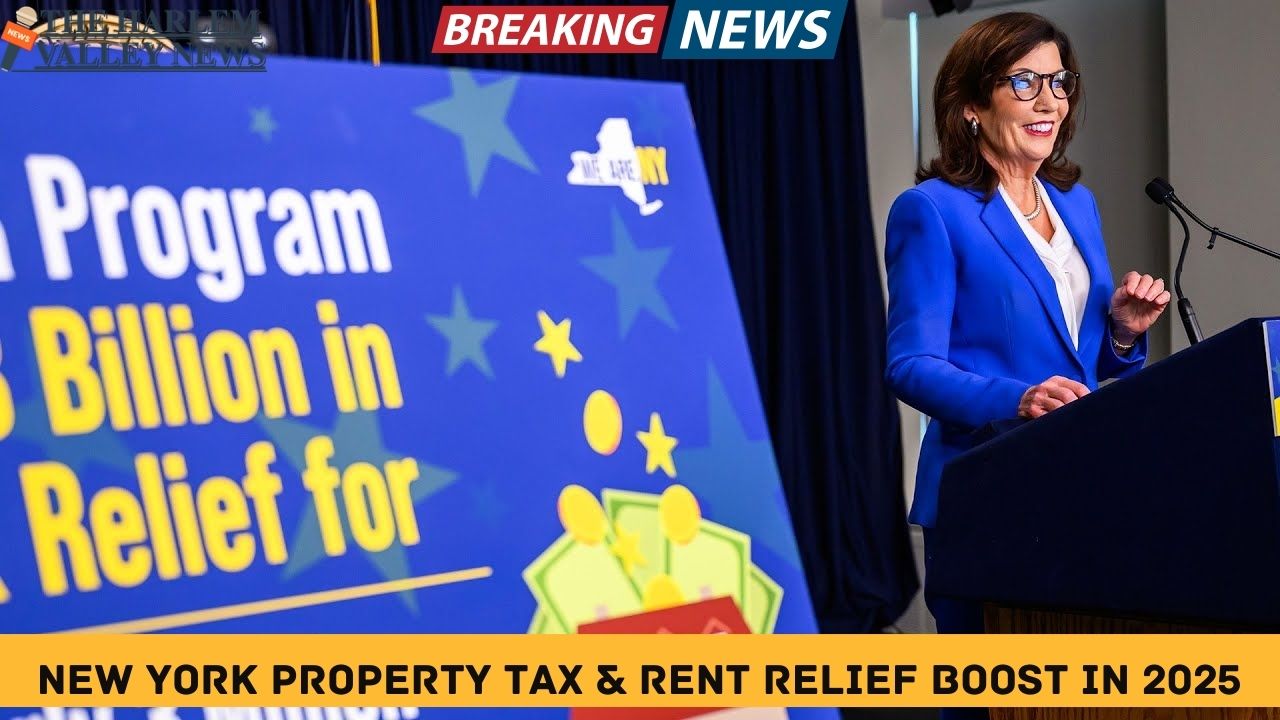
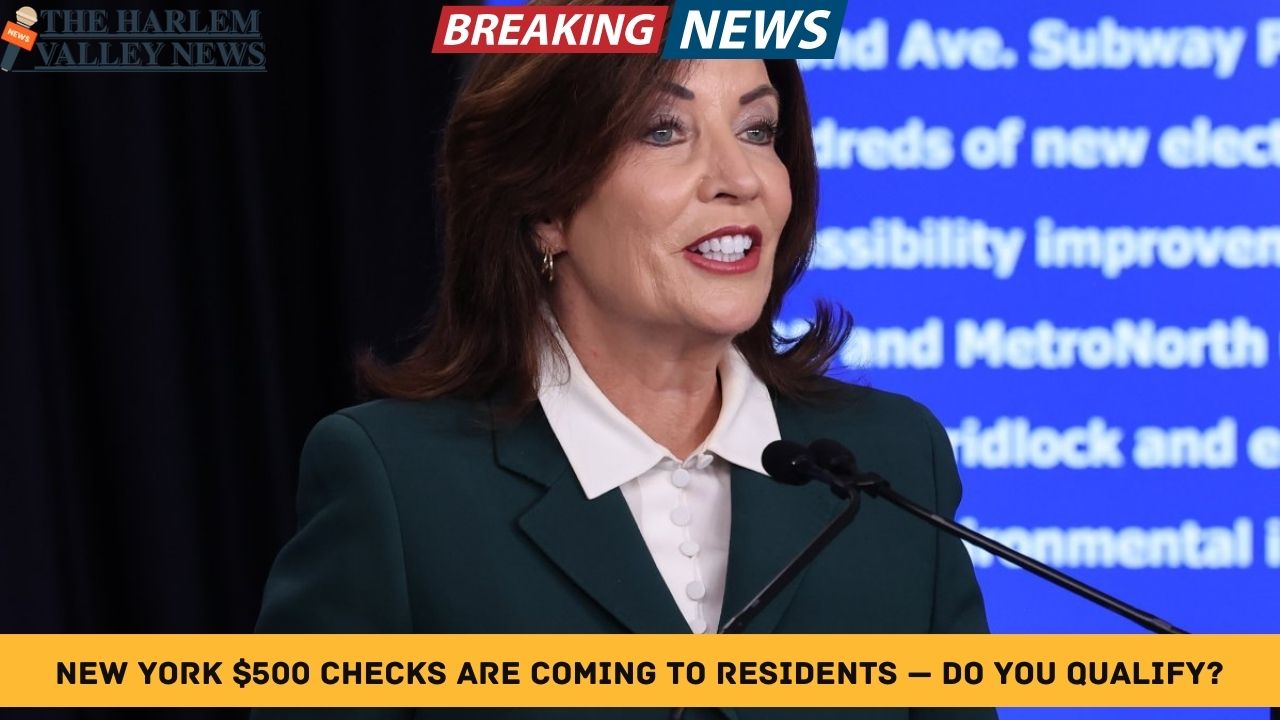
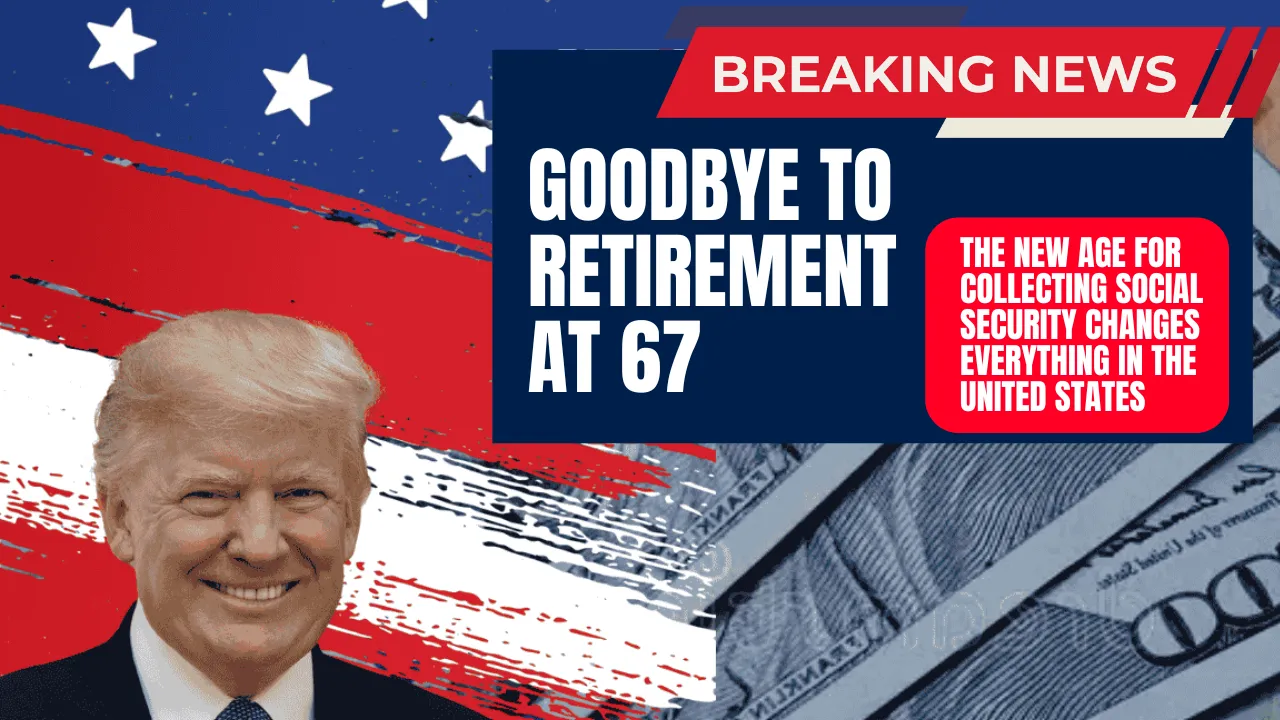
Leave a Reply